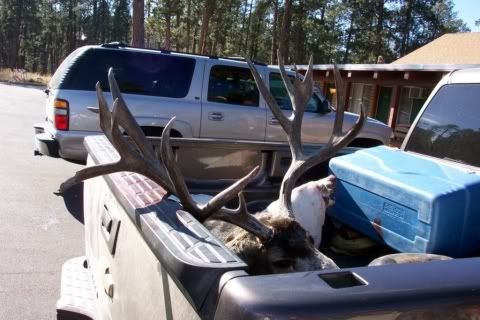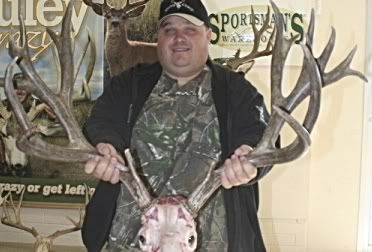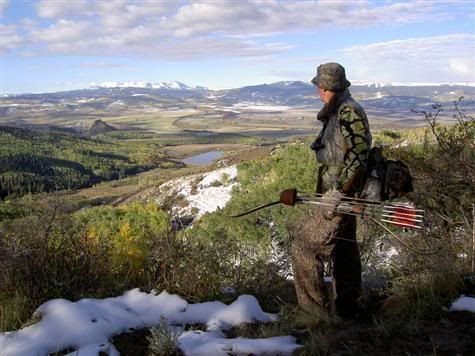Excerpts from Lance Frazier’s article in the Daily Harold — Newell Fredrickson doesn’t enjoy killing coyotes. It’s just something he does to earn a living.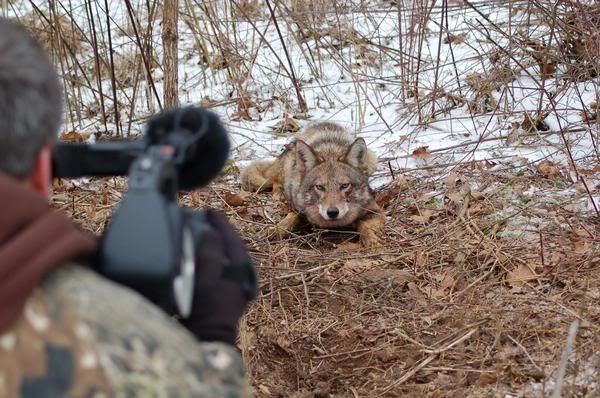
In 40 years with Wildlife Services — the branch of the U.S. Department of Agriculture charged with removing problem predators — Fredrickson has trapped and shot all sorts of animals, crashed in helicopters half a dozen times, roped eagles and seen a lot of country. But the large majority of his job these days focuses on one thing: killing coyotes. Folks with Wildlife Services (formerly Animal Damage Control) tend to tiptoe when discussing their work. The Utah Wildlife Services Web page states that “Utah WS is uniquely positioned … to assist livestock producers, industries and our cooperating agency partners with wildlife damage issues. Professional wildlife biologists and trained technicians provide direct assistance (their emphasis) when wildlife damage requires special skills … .” Fredrickson, on the other hand, doesn’t trade in euphemisms.
“That old coyote supported me for 40 years and let me be as free as a bird on the wing,” Fredrickson says. “He’s my brother, but that don’t mean I won’t kill him.”
Which is not to say that he does it for fun or, as some people imagine, that he guns down every coyote he sees: “I ain’t going out there to see how many I can kill.”
The Hyrum resident targets offending animals in specific areas, answering calls from ranchers and sheepherders after they lose livestock to suspected wild predators. And he knows that his solutions, final as they may be for the targets, are a temporary fix at best, since coyotes reproduce rapidly.
“You take ’em out and maybe you’re OK for a couple of months,” he says.
Over the ensuing decades he’s been responding to complaints from operators, who agree not to take matters into their own hands with poison or bullet if the government will send someone to take care of their livestock depredation problems.
……. Those helicopter flights, as well as the fixed-wing flights the Service occasionally utilizes, are forays to look for coyotes, which are often shot from the air. It’s an image some find appalling, and Fredrickson can understand why. He doesn’t define his job as coyote-killing, but as saving mule deer and sage grouse.
His approach is practical: Coyotes kill deer, so if you want more deer you have to reduce the number of coyotes, and livestock are in the mix too. Two years back he killed 66 coyotes that were right in the middle of a deer herd near Hardware Ranch. It was the sort of thing sportsmen, eager to see more and bigger bucks, clamor for.
“It’s not the world of Walt Disney,” Fredrickson says, “and that deer isn’t Bambi.”
Yet he believes that if you destroy wild things, “you destroy an important part of nature.” He’s even undergone a bit of an Aldo Leopold-like transformation, having given up hunting a few years back after a lifetime of venison steaks. When deer sneaked in last winter to munch on his haystack, Fredrickson declined to fence them out. “I lived off them long enough, now they can live off me,” he says.
Still there’s the job to do, so on a brisk December morning he drives to Brigham City, where a sheep owner has been losing lambs. At first Fredrickson figures dogs did the damage, but after investigating he decides it looks like the work of coyotes. Problem is, the property is smack on the highway, with houses in every direction. Not a safe place to fire a bullet, even if he could call the coyotes down from the foothills during daylight.
He decides to check out the Box Elder County side of the Wellsvilles, where the coyotes have been heard to howl. After a steep, half-hour scramble, he’s in position under a cedar tree, with a slight breeze in his face and a clear field of fire. He calls, using general yapping, distressed rabbit squeals and challenging barks to lure the coyotes. But only farm dogs and domestic geese respond, and after an hour he packs it in. The entire time is spent just above houses and highway, illustrating the proximity of urban and wild. Demand for his services is also slowly declining as fewer ranchers run sheep.
When he does make a successful shot with his coyote gun –the age-worn .243, with the black fabric on the barrel to block reflection, was given to him by his father’s only brother — Fredrickson pats the stock and says, “Guess we did it again, Uncle.” That doesn’t happen on this day, which ends at a greasy spoon on Brigham City’s main drag. The waitress greets Fredrickson, who’s wearing a dark Stetson adorned with a pin of a howling coyote, with a hug as she says to an observer, “I don’t like what he does.”
It’s an attitude Fredrickson understands and respects, even if it feels as foreign as the computer, cell phone and 4-wheeler that are his new-age tools of trade.
“I’m more scared of John Public” and political pressure than anything else, he says over a burger and a cup of black coffee. “I used to wear the white hat. Now I wear a black hat.”
In fact his job has become more difficult, and not only because of ever-increasing public disapproval. The coyotes themselves — agents also deal with cougars, bears and wolves, but around here it’s almost always coyotes — are becoming more canny. Thirty years ago, Fredrickson says, a guy could call them in without half trying. These days the animals are more wary, especially if they’ve been shot at before, making it that much harder for the next hunter.
He has no plans to retire, but the writing on the wall indicates that his job, like the coyote’s home ground, is becoming marginalized. As he ponders the future, he lapses into cowboy poetry.
“My race toward the sunset is a high and lonesome kind,” he says. “Like the coyote, I don’t leave no tracks.”
This story originally ran in The Herald Journal

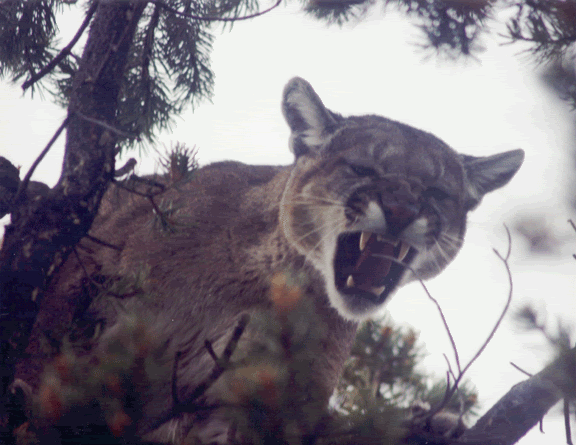 Since there are already relatively few mule deer available (due to the effects of lions and coyotes), elk populations are suffering most, but wolves will make it impossible for mule deer to recover, even if lions, coyotes, and bears were controlled.
Since there are already relatively few mule deer available (due to the effects of lions and coyotes), elk populations are suffering most, but wolves will make it impossible for mule deer to recover, even if lions, coyotes, and bears were controlled.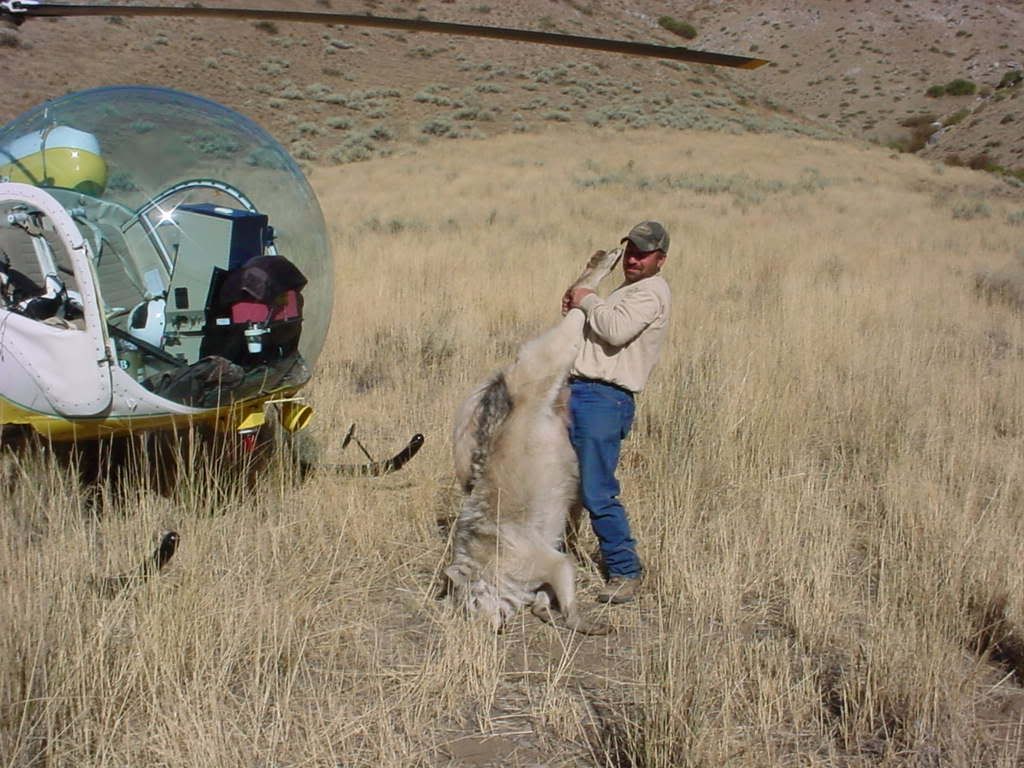 Anyway, here are some excerpts from Wyoming’s proposed plan (regulated to the nth degree):
Anyway, here are some excerpts from Wyoming’s proposed plan (regulated to the nth degree):
